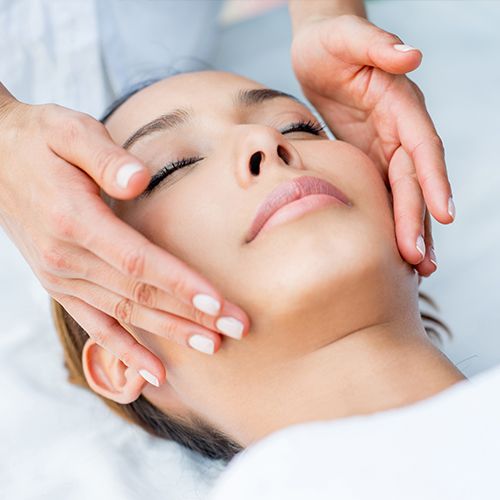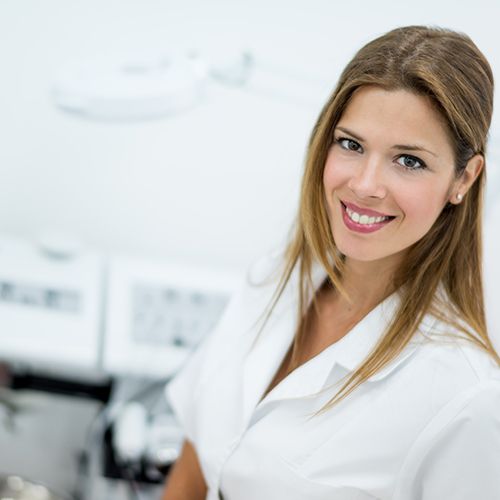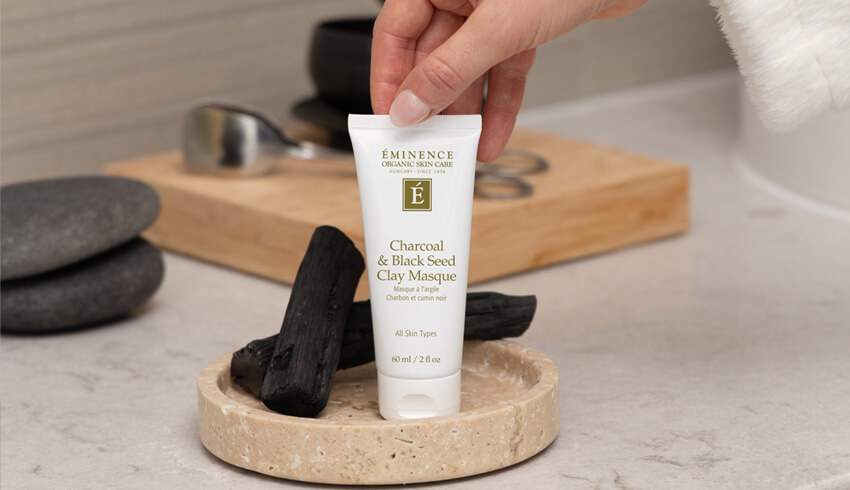
When helping clients determine the best professional treatment plan for their unique needs, you may find that they can’t describe what they’re looking for or, conversely, understand what you’re recommending. To help bridge this gap in understanding, we’ve put together this primer that lays out some commonly questioned professional skin care terms.
Common Definitions
When it comes to defining the various nuances of professional skin care, there are several main categories that questions tend to fall under:
- The People: “What is the difference between an esthetician, aesthetician and a dermatologist? And which one do I need to see?”
- The Process: “What is a facial and how is it different than a treatment?”
- The Techniques: “What is lymphatic drainage? How is it different from acupressure?”
- The Treatments: “What is a cold laser? Or a Hydra-dermabrasion?”
To help define some of the most often-asked key terms, we went to Eminence Organics Product Support Representative and Certified Esthetician, Josie Barton. Josie helped provide these quick definitions that lay everything out in simple terms.

The People
When it comes to professional treatments, there are generally three main professionals that clients are familiar with:
Esthetician
An esthetician is someone certified to perform manicures, pedicures, waxing, tinting, facials and body treatments (scrubs, wraps), with in-depth knowledge of skin and nails as well as their common issues. Estheticians can work at salons, spas, medi-spas and can also work as makeup artists or as a medical esthetician at a plastic surgery or dermatology office.
Aesthetician
Sometimes there is confusion between the terms “esthetician” and “aesthetician.” While both are skin care specialists, often aesthetician refers to a medical esthetician only, as in a skin care specialist focused in clinical work.
Facialist
Simply put, a facialist is a person who performs facials. Depending on where someone lives, a facialist can be the same thing as an esthetician. For example, in Canada, a facialist is a certified esthetician.
Dermatologist
Dermatology is the branch of medicine dealing with skin, nails, hair and their various diseases. It is a specialty with both medical and surgical aspects. A dermatologist is a specialist doctor that manages diseases as well as cosmetic problems with skin, hair and nails. Typically, a dermatologist diagnoses skin conditions, prescribes medications or performs surgeries and cosmetic procedures whereas an esthetician analyzes the skin and provides facials, body treatments and custom skin care.

The Processes
While there are multiple steps to a professional treatment, the following processes can often be a bit confusing to a first-time client:
Facial
A facial is an esthetic service designed to fully cleanse the face, neck and décolleté using products customized to address the specific needs of the skin. The goal of a facial is to enhance and maintain the overall health of the skin.
Treatment
A treatment can refer to the actual service itself (e.g. facial treatment) or the inclusion of a specific treatment such as microdermabrasion or a body wrap.
Assessment
An assessment or consultation is the first step of a facial. This process lets the esthetician review the client’s skin, discuss their current skin care routine, address concerns and any issues they are looking to target. The esthetician can then customize the facial to the client and make accurate recommendations for home care.

The Techniques
Many clients may have heard of certain techniques but aren’t sure how to book them, where to book them or who can perform them. Here are some of the most commonly questioned techniques used to improve skin and muscle concerns:
Massage
Massage is an effective treatment for reducing stress, pain and muscle tension. Depending on the legislation in a particular area, massage may either be performed by estheticians and therapists or by licensed or registered massage therapists.
Lymphatic Drainage
Lymphatic drainage is a gentle massage technique that encourages the movement of lymph fluids around the body. The fluid in the lymphatic system helps remove waste and toxins from the bodily tissues, and encouraging this movement helps “depuff” the skin.
Acupressure
An alternative medicine technique involving pressing specific points on the body to relieve symptoms such as pain or nausea. This technique is performed in a spa setting or wellness clinic by a licensed practitioner known as an “acupressure practitioner” or by a massage therapist who has gained their acupressure license.
Acupuncture
An alternative medicine technique that stimulates the release of endorphins – the body’s natural pain-relieving neurohormones – through the insertion of needles into specific points (acupuncture points) to encourage natural healing. Acupuncture is not performed by estheticians or massage therapists but often through licensed acupuncturists, naturopaths or medical doctors.

The Treatments
While the number of non-invasive treatments available on the market feels almost infinite, there are some common buzzed-about options that can sound overwhelming to first time clients. Here are our quick explanations:
Stimulating Treatments
A stimulating treatment is any service that stimulates the skin either through heat, cold, massage or active ingredients, resulting in skin regeneration and renewal. Stimulating treatments are great for all skin types to increase blood flow to the skin.
Microcurrent
A microcurrent treatment uses two metal rods that conduct electricity over the surface of the skin. The electrical current runs through the skin and facial muscles to improve skin tone. This treatment is a fantastic choice for anyone and can improve the look of everything from breakouts to wrinkles.
Microdermabrasion
Microdermabrasion is a form of physical exfoliation using a specialized device to blast away the surface layers of the skin. Common devices used for this treatment include a diamond-tipped handpiece and a crystal-emitting handpiece. Microdermabrasion is typically not recommended for those with acne, rosacea or other skin irritations or inflammatory conditions.
Hydra-Dermabrasion
A Hydra-dermabrasion device is needed for this treatment and is the only procedure that combines cleansing, exfoliation, extraction, hydration and antioxidant protection simultaneously. Unlike traditional microdermabrasion, Hydra-dermabrasion is recommended for those with acne and/or inflammation as the products used with the machine can be customized.
Venus Freeze
A Venus Freeze treatment is also known as a “non-surgical face-lift” because it smooths wrinkles and tightens skin. There is no actual freezing involved as nothing about the treatment is cold. Instead, a registered Venus Freeze device combines multi-polar radio frequency and pulsed magnetic fields to firm the skin. This treatment is a good option for those looking to tackle the visible signs of aging.
Cryotherapy Or “Frotox”
The Cryo Facial is a cryogenic treatment that is performed by what is considered a "cryo probe," which beams vaporized liquid nitrogen across the forehead, cheeks, nose and chin. This is truly a cold treatment, stimulating collagen production through the increase in microcirculation. This treatment is recommended for those looking to detox, firm and rejuvenate the skin but is not always recommended for those with a darker skin tone as it can potentially lead to discoloration.
Cold Laser
A cold laser treatment uses technology combining healing light, micro-stimulation, oxygen and lymphatic drainage. Unlike other lasers, there is no heat as the light beams are “low-intensity,” meaning they will not heat the body tissue. This completely painless treatment can be customized to address many different issues from acne to wrinkles.
Does this guide help simplify any terminology that overwhelms your clients? What other terms would you like to see included? Let us know in the comments below or on social media, we would love to hear from you!


